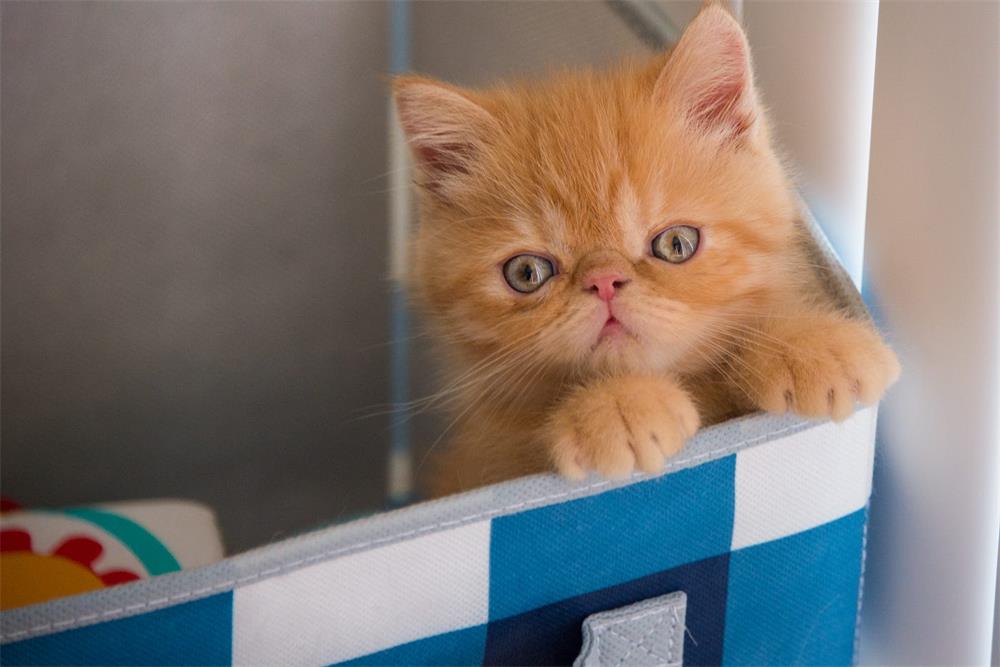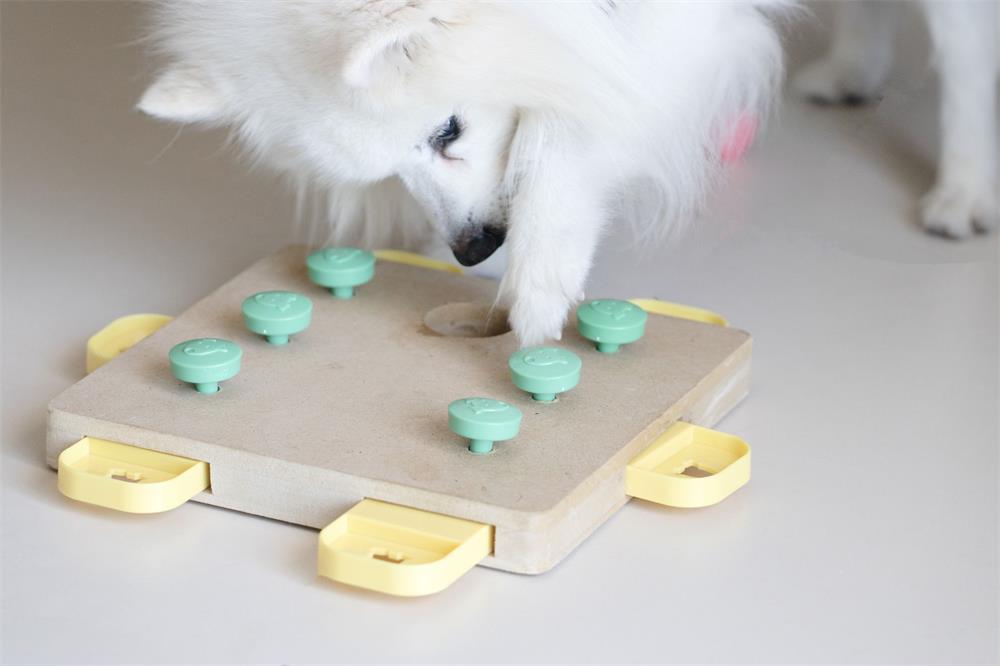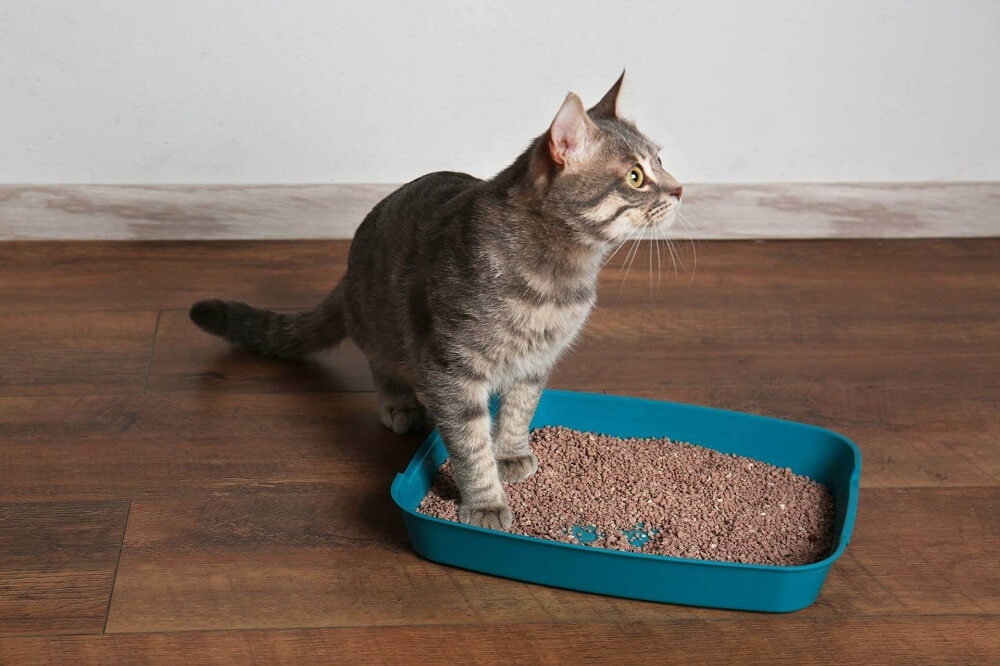Cats are wonderful companions that can bring joy and comfort to our lives. They are also independent and self-reliant, which makes them easy to care for. However, this does not mean that they do not need regular veterinary attention. In fact, cats are experts at hiding signs of illness or pain, which can make it difficult for us to notice when they are unwell. That is why regular vet checkups are essential for your cat’s health and well-being.
What are the benefits of regular vet checkups for cats?
Regular vet checkups – or wellness exams – are important for your cat’s health because they allow your vet to track any changes in your cat’s health, check for early signs of disease and provide preventative care for potentially life-threatening issues. Some of the benefits of regular vet checkups for cats include:
- Detecting health problems early: Many common diseases in cats, such as kidney disease, diabetes, hyperthyroidism, dental disease, arthritis and cancer, can develop gradually and without obvious symptoms. By the time you notice something is wrong with your cat, the disease may have progressed to a more advanced stage that is harder and more expensive to treat. Regular vet checkups can help catch these problems early, when they are more manageable and treatable. Your vet can perform a physical exam, blood tests, urine tests and other diagnostic tests to screen for any abnormalities in your cat’s health.
- Preventing health problems: Prevention is better than cure, especially when it comes to your cat’s health. Regular vet checkups can help prevent some health problems from developing or worsening by providing your cat with appropriate vaccinations, parasite control, dental care and nutritional advice. Your vet can also advise you on how to keep your cat healthy and happy at home by providing them with environmental enrichment, mental stimulation, exercise and grooming.
- Building a relationship with your vet: Another advantage of these annual check-ups is to get your cat used to visiting the vet surgery when they’re well and this can help them form a bond with your vet. If they only visit when they’re hurt or ill they can become nervous, associating their trips with bad times or stressful experiences. By taking your cat to the vet regularly, you can help them feel more comfortable and relaxed in the clinic environment. You can also build a trusting relationship with your vet, who will get to know your cat’s personality, history and preferences. This will make it easier for you and your vet to communicate and work together to provide the best care for your cat.
How often should you take your cat to the vet?
The frequency of vet checkups for your cat depends on several factors, such as their age, health status, lifestyle and risk factors. As a general rule, you should take your cat to the vet at least once a year for a wellness exam. However, some cats may need more frequent visits, such as:
- Kittens: Kittens need more frequent vet visits than adult cats because they are more vulnerable to infections and diseases. They also need a series of vaccinations and deworming treatments to protect them from common diseases and parasites. Your vet will advise you on the best schedule for your kitten’s vaccinations and checkups.
- Senior cats: Senior cats are considered to be over 10 years old and they need more frequent vet visits than younger cats because they are more prone to developing age-related diseases and conditions. They may also have special needs such as dietary changes, supplements or pain management. Your vet will recommend how often your senior cat should be seen based on their individual needs.
- Cats with chronic conditions: Cats with chronic conditions such as diabetes, kidney disease or arthritis need more frequent vet visits than healthy cats because they require ongoing monitoring and treatment. Your vet will advise you on how often your cat should be seen based on their condition and response to treatment.
- Cats with outdoor access: Cats with outdoor access are exposed to more risks than indoor-only cats, such as injuries, fights, infections, parasites and toxins. They may also come into contact with unvaccinated or sick animals that could transmit diseases to them. Therefore, outdoor cats need more frequent vet visits than indoor-only cats to ensure they are up-to-date with their vaccinations, parasite control and health checks.
How can you make vet visits less stressful for your cat?
Many cats find vet visits stressful because they involve unfamiliar sights, sounds, smells and people. They may also associate vet visits with negative experiences such as pain, fear or discomfort. However, there are some things you can do to make vet visits less stressful for your cat, such as:
- Choosing a cat-friendly vet: Look for a vet that is certified by the American Association of Feline Practitioners (AAFP) or the International Society of Feline Medicine (ISFM) as a cat-friendly practice. These vets have met certain standards and criteria to ensure they provide a high level of care and comfort for cats and their owners. They have also undergone special training and education on feline medicine and behavior.
- Using a suitable carrier: Choose a carrier that is large enough for your cat to stand up, turn around and lie down comfortably. It should also have a top opening or a removable top that allows your vet to examine your cat without taking them out of the carrier. You can make the carrier more appealing and familiar for your cat by lining it with a soft blanket or towel that smells like them or you. You can also spray some synthetic feline pheromone (such as Feliway) inside the carrier to help calm your cat.
- Acclimatizing your cat to the carrier and car: Don’t only use the carrier when you take your cat to the vet. Instead, leave the carrier out in your home and encourage your cat to explore it and use it as a resting place. You can also reward your cat with treats or toys when they go inside the carrier. This will help your cat associate the carrier with positive experiences and reduce their fear of it. You can also take your cat on short car trips in the carrier to get them used to the motion and noise of the car. Make sure you secure the carrier in the car with a seat belt or place it on the floor behind the front seat.
- Keeping your cat calm during the vet visit: Try to schedule your vet visit at a time when the clinic is less busy and noisy. You can also ask if you can wait in the car or outside until it is your turn to see the vet. This will help avoid exposing your cat to other animals or stressful stimuli in the waiting room. You can also cover the carrier with a towel or blanket to block out any sights or sounds that may upset your cat. Talk to your cat in a soothing voice and offer them treats or toys if they are interested.
Conclusion
Regular vet checkups are vital for your cat’s health and well-being. They can help detect, prevent and treat any health problems that may affect your cat’s quality of life. They can also help you build a trusting relationship with your vet, who will be your partner in providing the best care for your cat. By taking your cat to the vet regularly, you can ensure they live a long, healthy and happy life with you.







